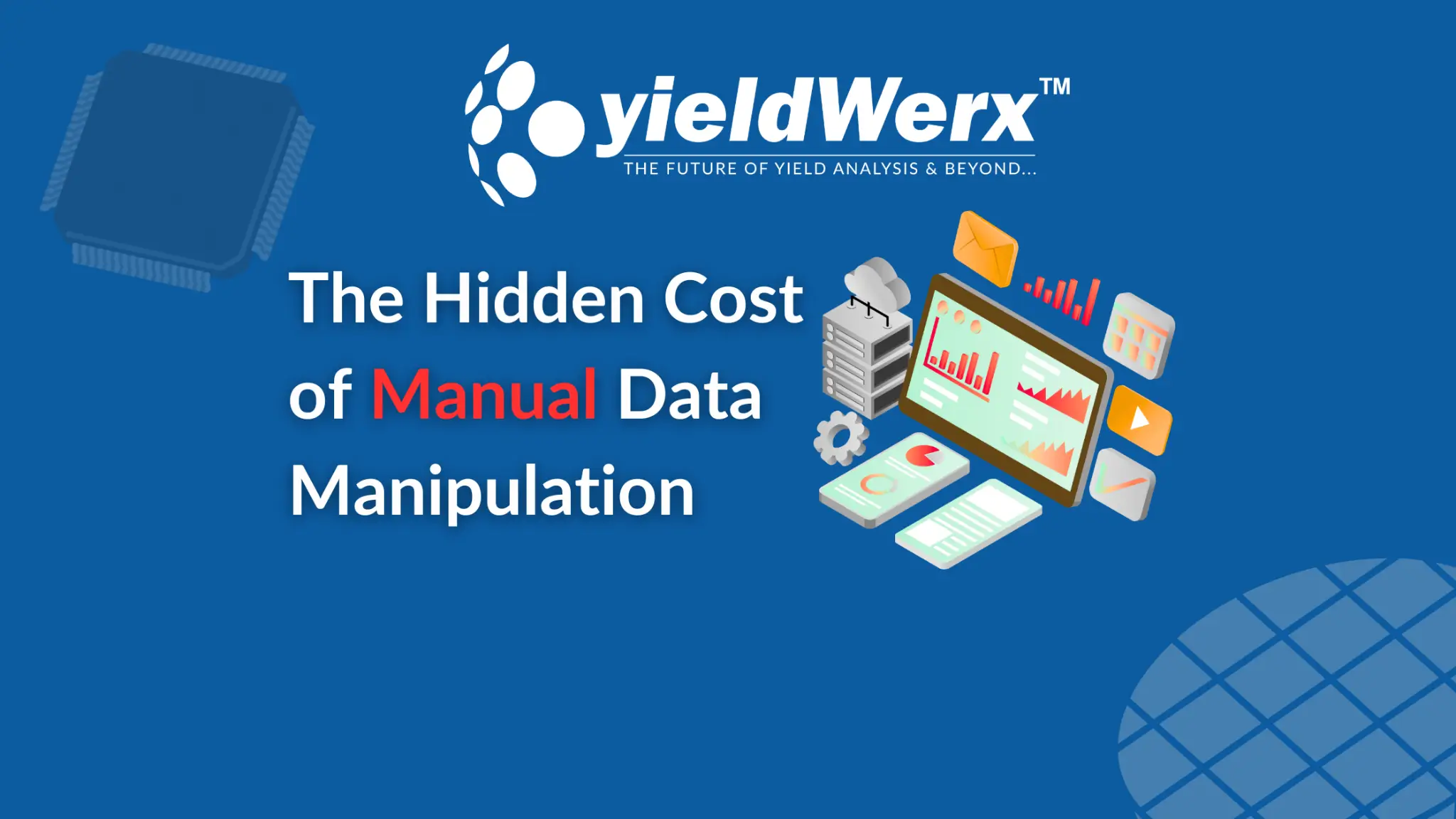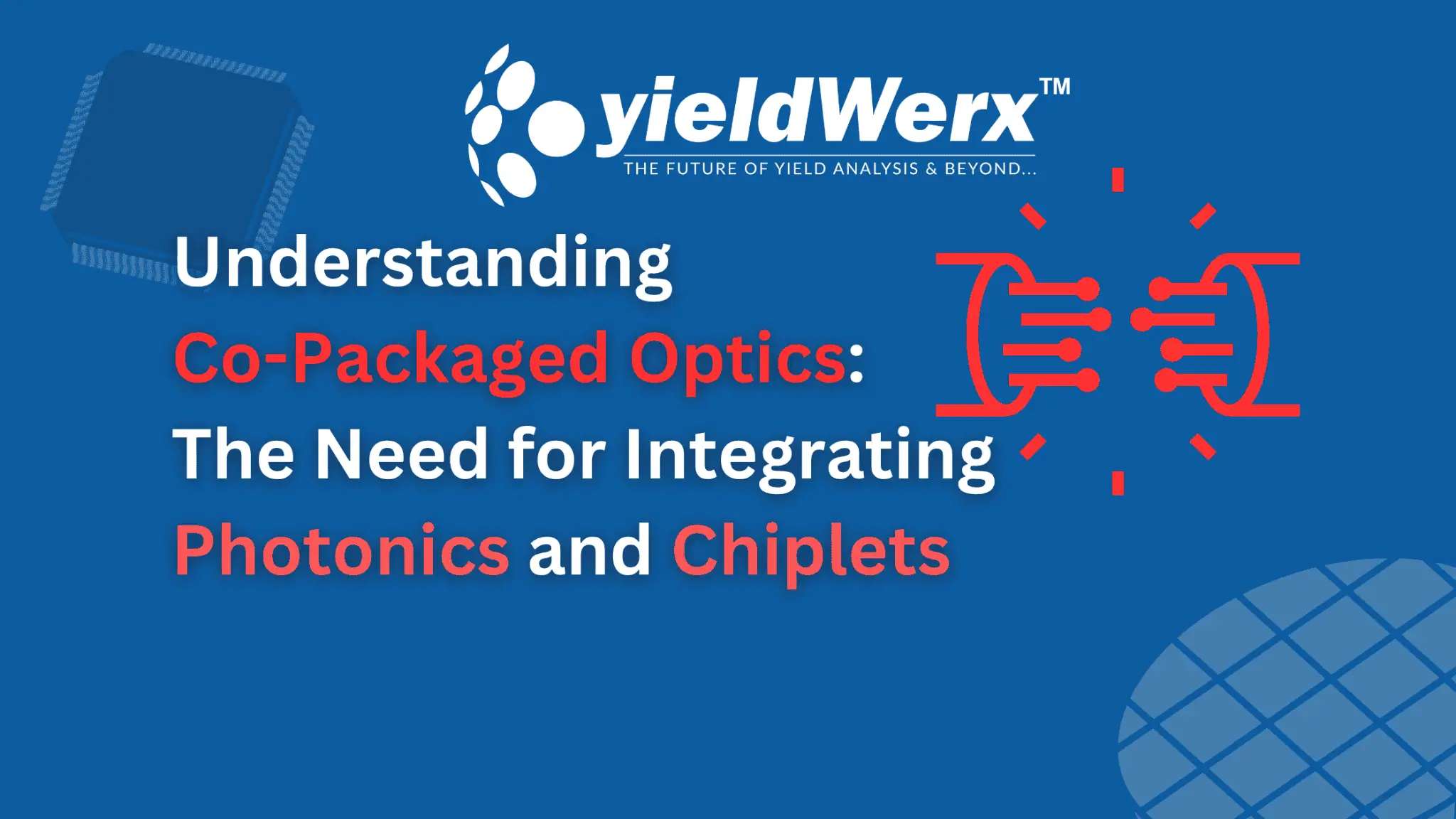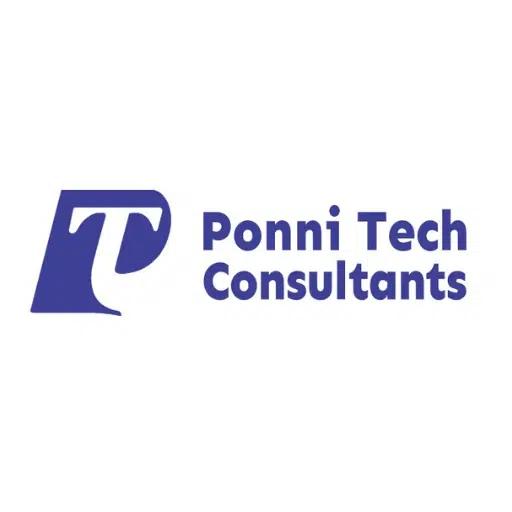In 2019, ICs automotive products represent more than 10 % of the worldwide semiconductor profits. The automotive semiconductor sector is expected to experience a compound annual growth rate of 18 % within the next 5 years, reaching a market value of USD 93 billions by 2023. This analysis clearly emphasizes the key role of this automotive trend in the future development of semiconductor manufacturers.
Meeting AEC Standards: Yield Analysis Strategies for Automotive Chips
Automotive components performances are regulated by the AEC (Automotive Electronics Council) that sets much higher standard than for common semiconductor products such as smartphones or solar cells. Because of security reasons and life expectations of cars, automotive chips are designed to operate on broader ranges of frequencies, voltages, temperatures and the product operating time tends to be 10 to 15 times higher than for regular ICs. Finally, a zero-field failure rate target is required in comparison with less than 10 % in other applications.
The race for the automotive market is launched, but despite every semiconductor company is enrolled, only a few are meeting the AEC requirements since these strict criteria have great impacts for the strategy to be adopted in assembly lines. Fabs need to adjust and follow some restrictive procedures.
Meeting the AEC-Q002 for statistical yield analysis guideline can be achieved using Part Average Testing (PAT) and Good Die Bad Neighborhood (GDBN) statistical methods. The yieldWerx Enterprise management software can help you to correctly use both PAT and GDBN crucial tools for your automotive products, here is how:
– A “PAT bin only” option is available when creating Statistical Yield Limits (SYL) and Statistical Bin Limits (SBL). This preference allows you to monitor the PAT bins independently from the other bins.
– When creating an assembly map policy for a particular product and test program, setting the PAT Policy is as simple as just checking the “PAT Policy Applied to Device” option.
– Another aspect during editing assembly map policies is to have four different preferences to generate maps that can be chosen whether if the dies are mature or on the ramping stage: Pre PAT, Post PAT, Post GDBN and GDBN-Z.
To resume this list, yieldWerx can provide you a clean and complete framework that includes PAT and GDBN tools to set the rules and parameters that suit your products. You are able with our yield management program to generate many different formats of reports and wafer maps related to your automotive lots.
Streamlining Failure Analysis with yieldWerx: Automotive Market Advantage
This failure analysis features provided by yieldWerx Enterprise will help you to highlight the root cause of failures much quicker and more efficiently. It will allow your company to adapt faster to the automotive benchmarks, positioning your Fab on a good situation for the raging automotive competition.
Do you feel ready to step into the competitive automotive semiconductor market? Navigating the complex AEC PAT policy becomes effortless with yieldWerx Enterprise, as our software handles it for you. We are confident in our product’s capability to meet your needs and unlock the potential of yieldWerx for your automotive projects. We invite you to discover more by scheduling a live demo or opting for a 15 days free trial, Undoubtedly, our solutions will assist you in succeeding in this highly demanding sector.




